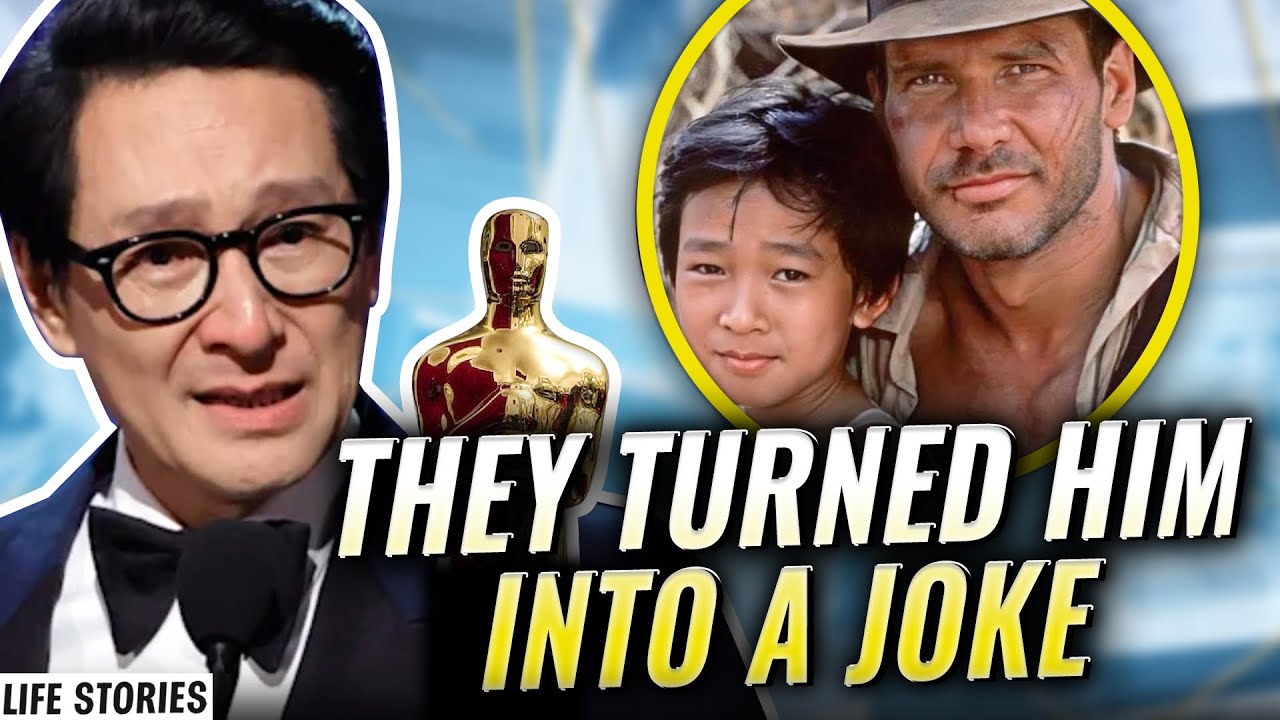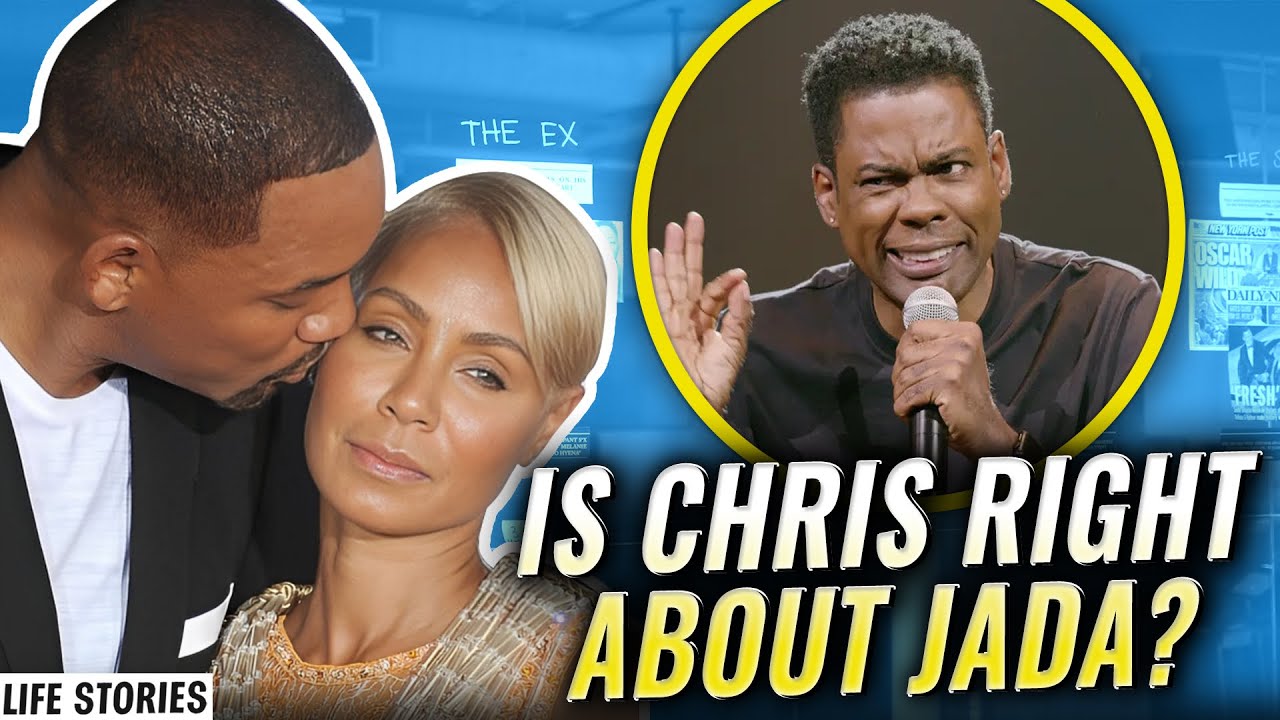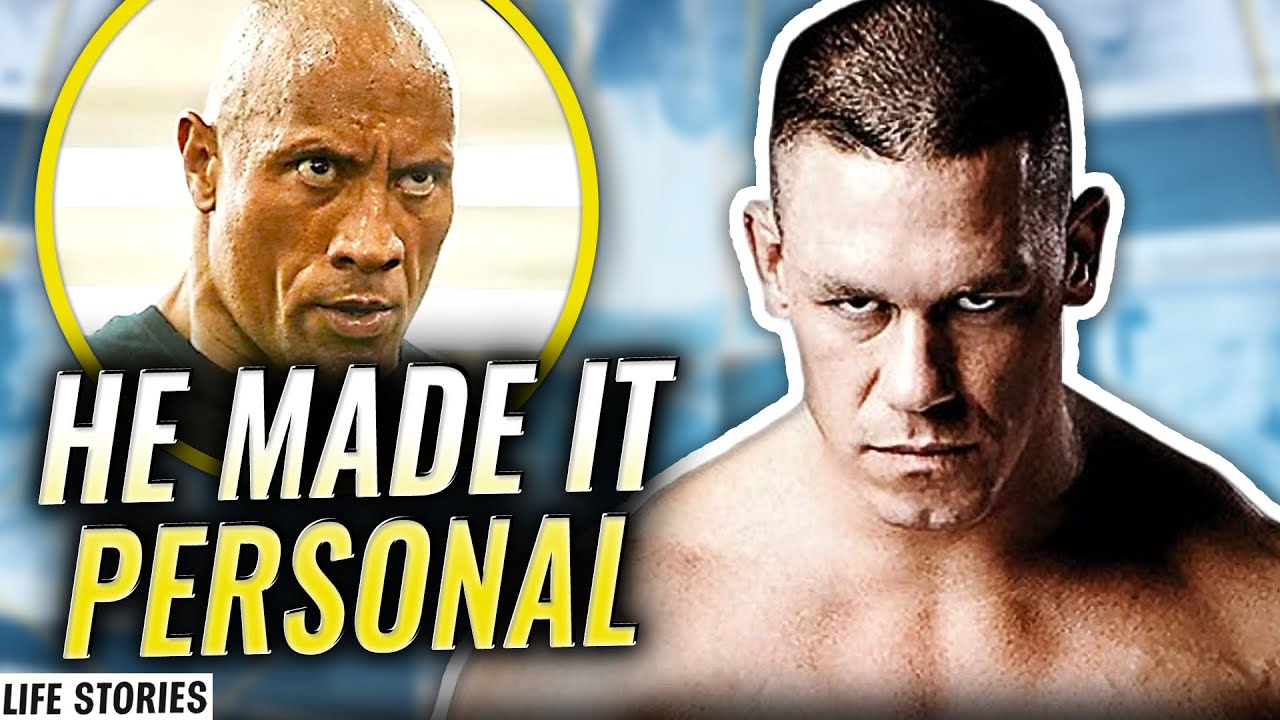: Batman, DC Comics’ legendary superhero, has undergone numerous transformations and adaptations over the years. Introduced in the 1930s as a dark vigilante, he evolved into a more lighthearted role in the 1960s. Despite these changes, he has maintained his popularity with fans. In this article, we’ll explore the different iterations of Batman throughout the decades.
: One of the most significant changes to Batman’s character came in the 1980s with Frank Miller’s “the Dark Knight Returns,” which portrayed an older, grimmer version of the hero. this darker take on Batman inspired the tim Burton-directed Batman films of the late 80s and early 90s. In the early 2000s, Christopher Nolan’s “Dark Knight” trilogy brought a more realistic, grounded approach to the character. these adaptations reflect the cultural zeitgeist of their respective eras.
: Batman’s evolution is not limited to the comics and movies; he has also undergone changes in other media. In the animated series, “Batman: the Animated Series,” the character’s darker side was brought to the forefront through its noir-inspired visuals and storytelling. the video game series, “Batman: Arkham,” allowed players to experience Batman’s world in an immersive way. these adaptations demonstrate the versatility of Batman’s character and how different mediums can showcase different facets of his personality.
: As Batman continues to evolve, he remains a beloved superhero to fans of all ages. His iconic status has expanded beyond the comic book world and into pop culture. From toys and merchandise to cosplays and fan art, his influence can be seen everywhere. As we look toward the future, we can only imagine what exciting new adaptations and iterations of Batman we’ll see next. But one thing is for sure – the Dark Knight will always be a symbol of justice, strength, and resilience.










